- Home
- slideshows
- miscellaneous
- Fast food has existed since ancient Rome - where restaurants sold fish sauce and baked cheese and narrowly survived two emperors
Fast food has existed since ancient Rome - where restaurants sold fish sauce and baked cheese and narrowly survived two emperors
The store's countertops were embedded with jars known as "dolia." These stored dried and cold foods that could be distributed to customers or taken out and heated up. Hot meals were served and stored in smaller pots.

Some of the fast food joints were fancier than others. BBC reported that a number of the thermopolia were found to "have decorated back rooms, which may have functioned as dining-rooms."
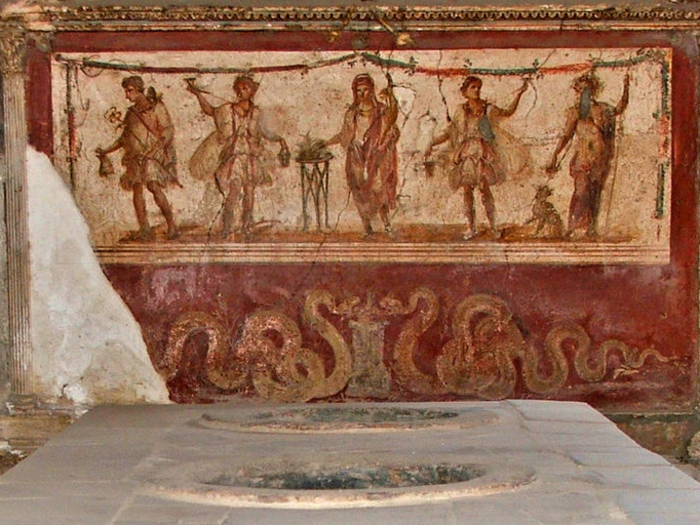
Source: BBC
But historian James Ermatinger wrote that most thermopolia sold food that was "prepared to be eaten on the run rather than sitting down."
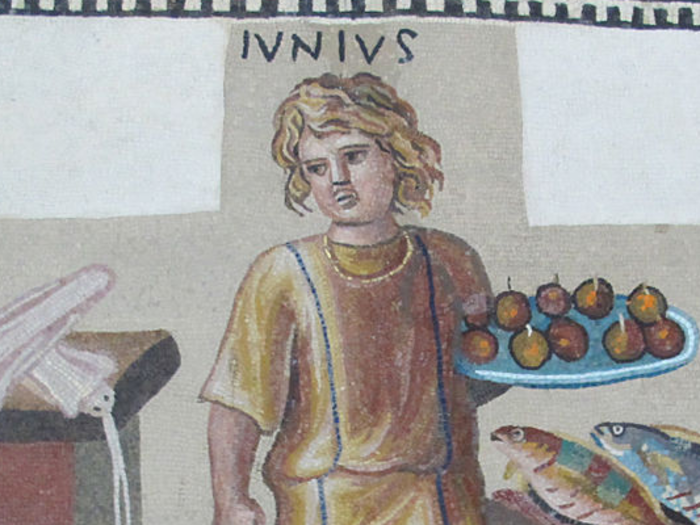
Source: "The World of Ancient Rome"
"A popular belief exists that family members should sit down and dine together and, if they don't, this may represent a breakdown of the family structure, but that idea did not originate in ancient Rome," "The Insula of the Menander at Pompeii" author Penelope Allison told the Australian Broadcasting Corporation.
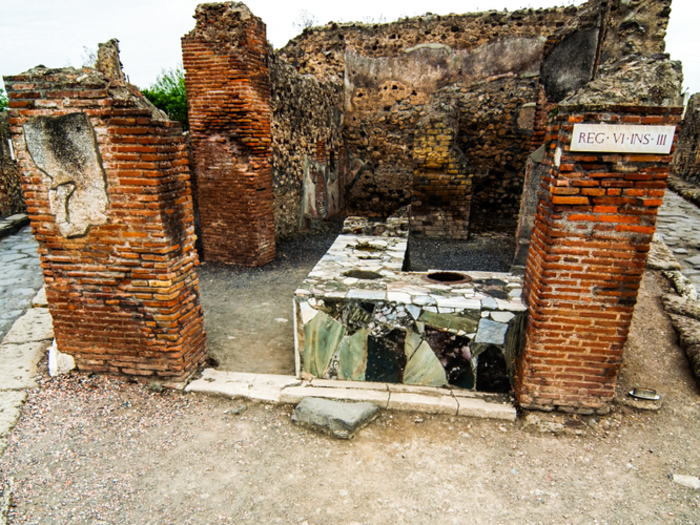
So what was on the menu at these spots? Lentils, meat, cheese, and a type of warmed spice wine called calida were all staples, according to Donahue.

Fish sauce — known as garum — and nuts also may have been handy snacks to eat on the go, Ermatinger wrote. Atlas Obscura reported that the joints also sold baked cheese slathered with honey.

Source: Atlas Obscura, "The World of Ancient Rome"
Thermopolia weren't the only type of restaurant on the block, though. A taberna was a sort of shop-and-bar combination, while a popina was more of a "greasy spoon" type establishment, according to historian Carol B. Wilson.

But historian Steven J. R. Ellis pointed out that the term "thermopolia" was rarely used in original Roman sources, indicating that some of these labels may have been interchangeable.
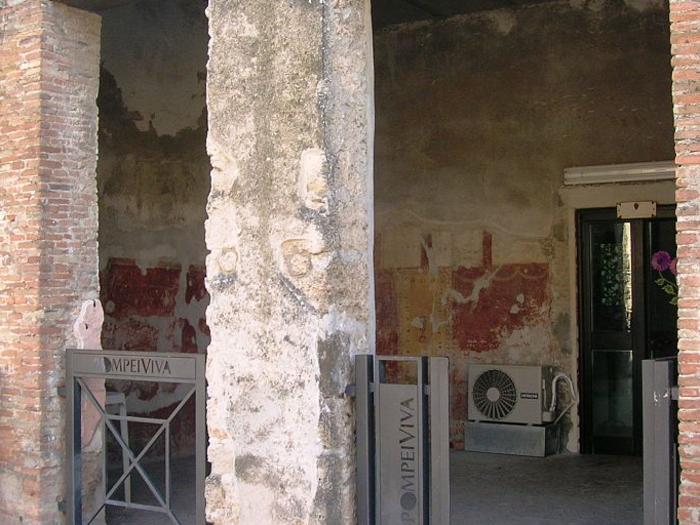
Like modern day fast food restaurants, thermopolia were everywhere. That's clear in Pompeii, which had 150 thermopolia before the town was wiped out by a volcanic eruption, according to Atlas Obscura.
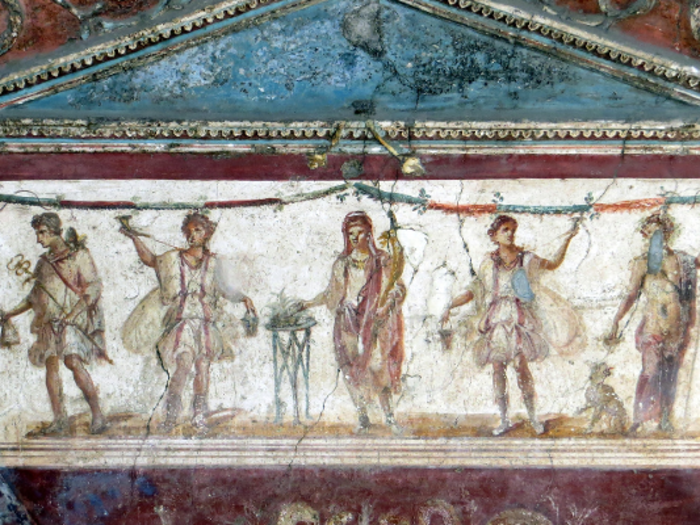
Source: Atlas Obscura
The sheer number of restaurants reflects a major demand for convenient eateries, especially in cities. Eating in simply wasn't an option for most poor or apartment-dwelling Romans, who usually lacked kitchens.
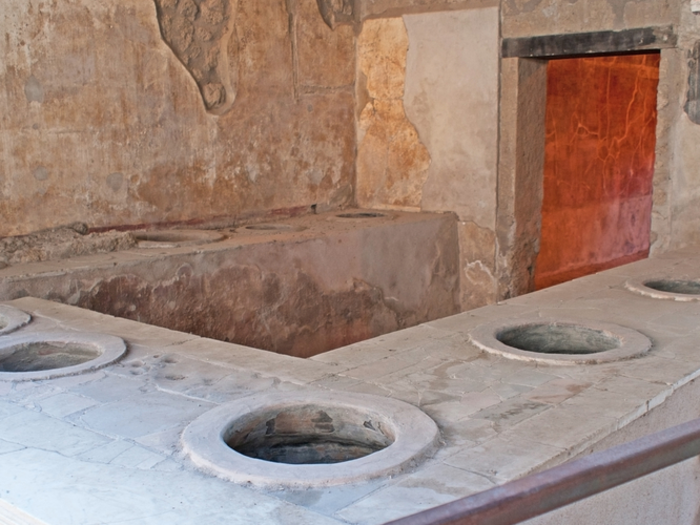
Ermatinger wrote that wealthy Romans largely "scorned" the establishments. But that didn't stop some rich people from dropping in for a bite to eat every once and a while, according to Wilson.
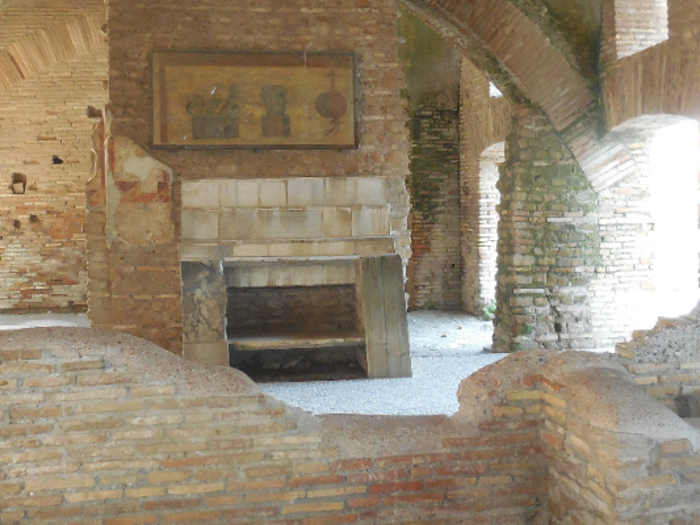
The fast food eateries had a seedy reputation, and often served as spots where people could gamble and drink competitively, Wilson wrote.
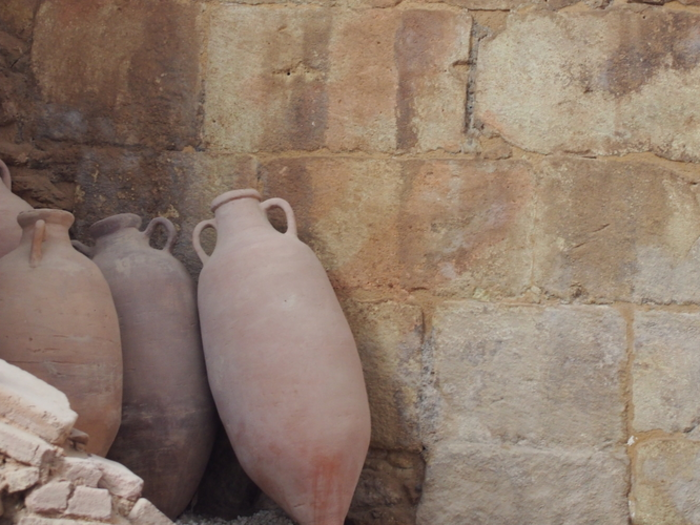
Roman playwright Plautus wrote that he often encountered thieves drinking in thermopolia "when they've stolen something; with their heads covered they drink hot drinks."
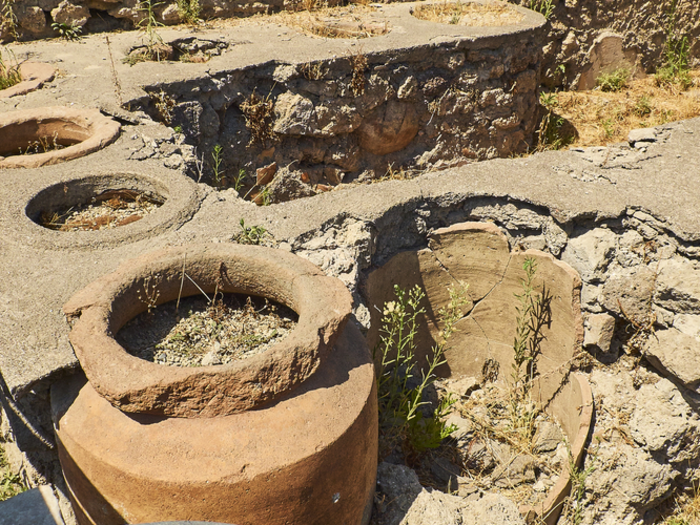
The playwright also labeled thermopolia as a "gathering spot for lowly Greeks," according to Donahue.
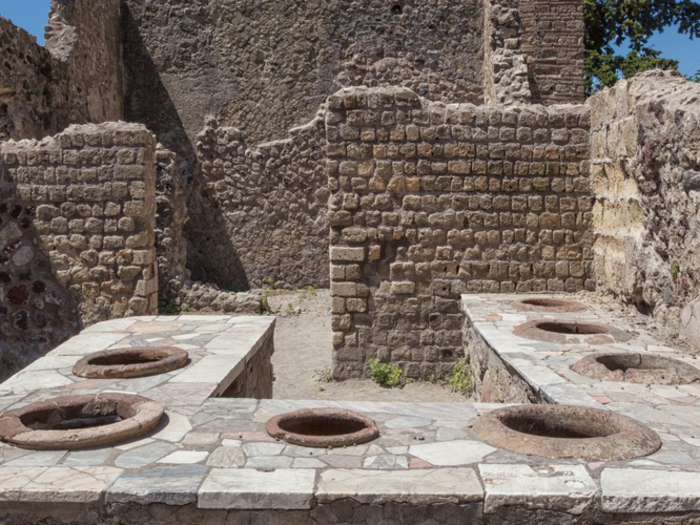
As such, the authorities sometimes took steps to stifle the restaurants. Writing on a University of Chicago blog, James Grout said that the ancient historian Dio claimed that Emperor Caligula sentenced a man to die for selling hot water — a crackdown that would have surely impacted thermopolia.
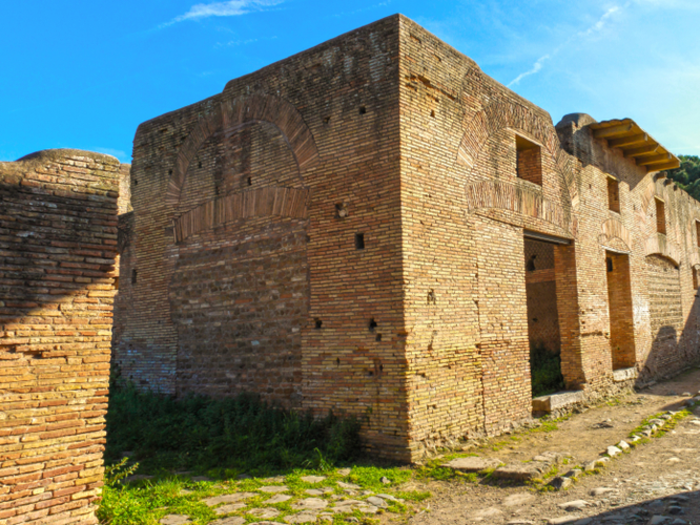
Source: University of Chicago
Grout added that, later on, Emperor Claudius "once commanded that such places be closed altogether."
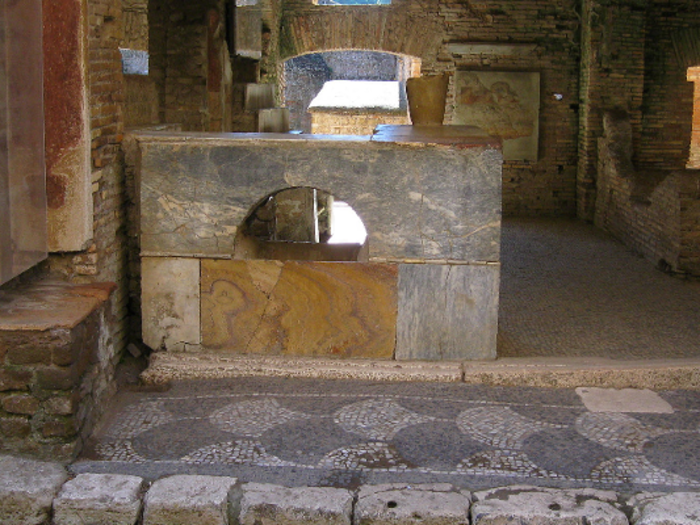
Source: University of Chicago
Claudius also "commanded that no boiled meat or hot water should be sold; and he punished some who disobeyed in this matter," Dio wrote. Such a measure would have devastated the restaurants.
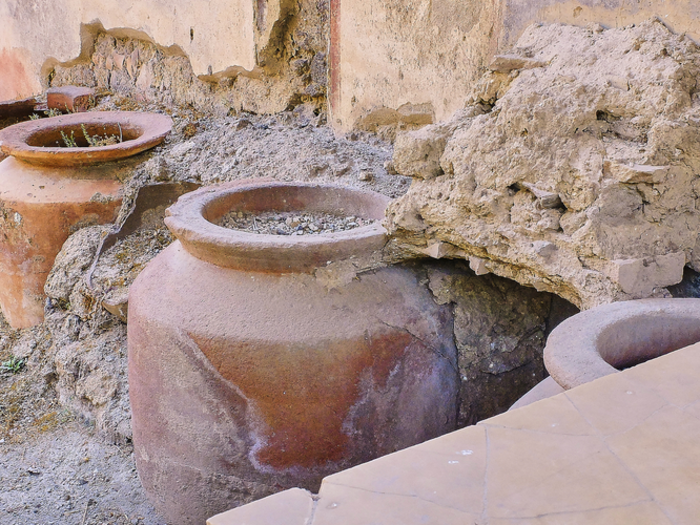
Donahue said that the emperor's command suggested "that anxieties about public order remained a real concern for the emperor."
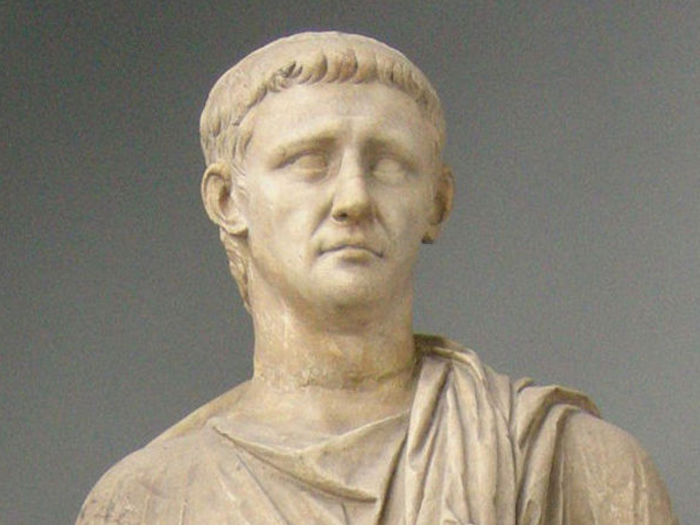
Despite the controversy, Ermatinger concluded that the fast food restaurants "provided the urban class an opportunity to have a quick hot meal."
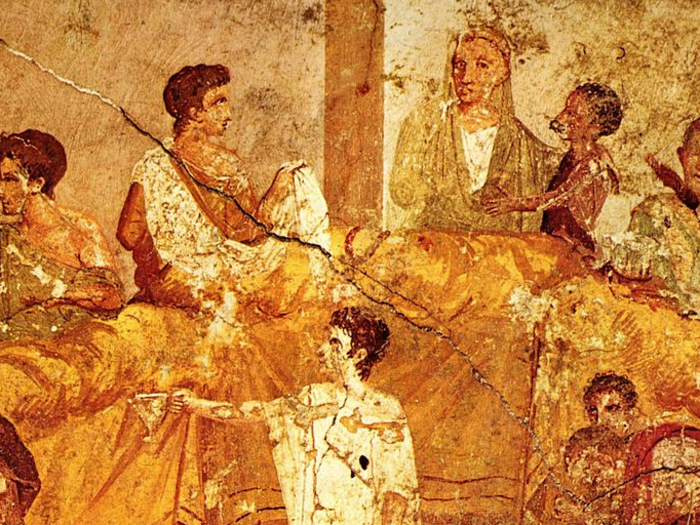
Source: "The World of Ancient Rome"
Popular Right Now
Popular Keywords
Advertisement